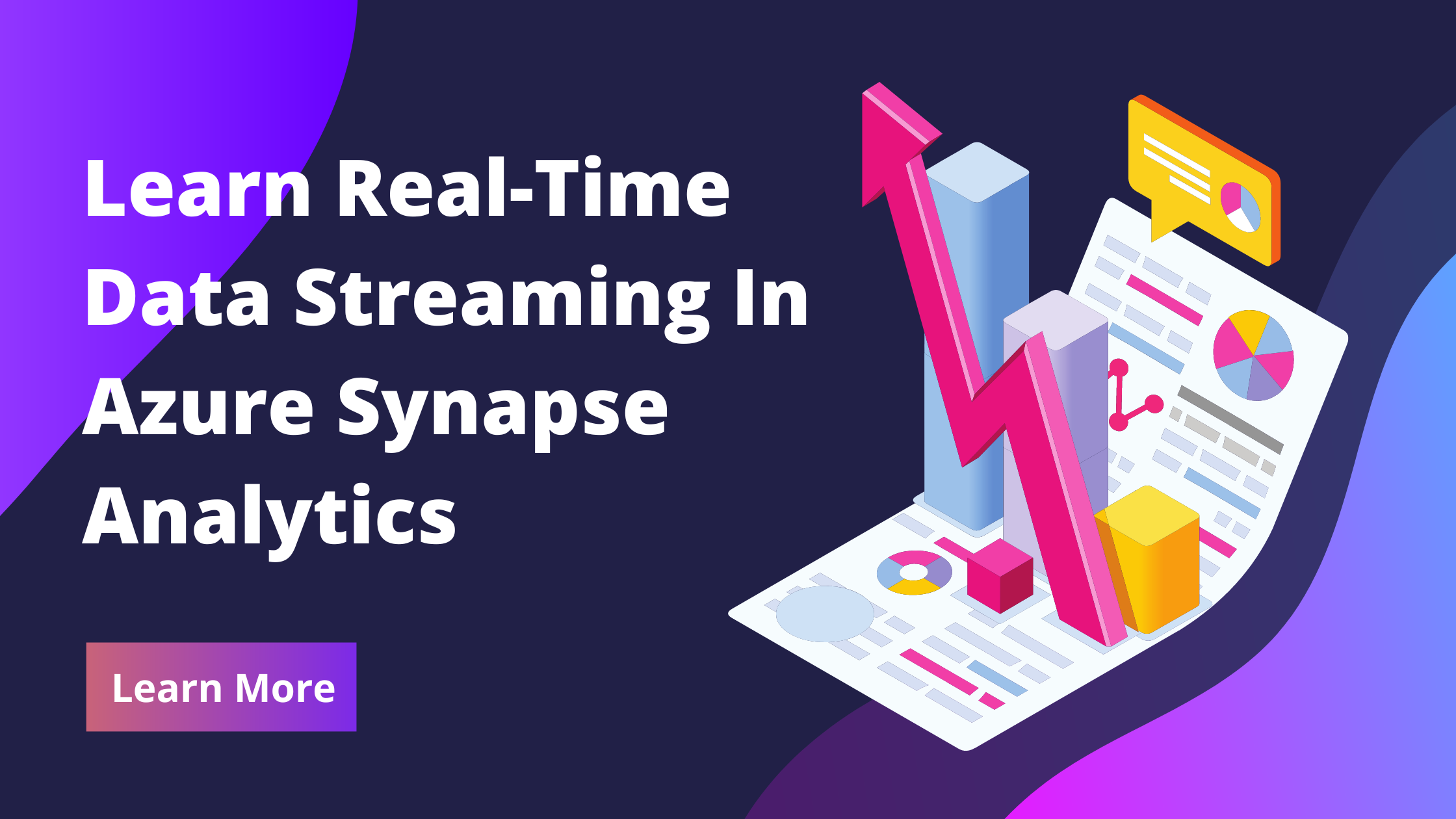Today, more and more companies are making small devices that connect almost directly to the internet, measuring and recording all kinds of information that the device sends to the cloud in near real-time. The device is nothing but the Internet of Things (IoT). This small device connects to all standard measuring instruments, monitors and reports the position of vehicles, is fitted to many production machines, and monitors temperature and vibration.
For collecting, storing, and analyzing these long-term data sets (possibly using artificial intelligence or machine learning), of course, a well-scalable big data cluster is the ideal place, which can easily manage the data sets and support any evaluation, and Azure Synapse Analytics is one of the best in the Microsoft world.
Azure Synapse Analytics and IoT Data
Microsoft is now using Synapse Analytics as the platform for all the data and AI capabilities it needs, so it doesn’t have to create a new data block for each new task. What does this mean for real-time data? Get your Cloud platform training and certification to take advantage of the power, agility, efficiency, and simplicity of Azure Synapse Analytics from Existbi.
Azure Event Hub Or Azure IoT Hub?
Anyone who deals with event data in an Azure environment should be familiar with Azure Event Hub or Azure IoT Hub. The IoT Hub is much easier to use and includes many features unavailable in the Event Hub. The most famous example is that an IoT Hub can send messages to a device, not just receive them! But instead, it’s also slightly more expensive, which makes sense. It does not matter whether it is an event node or an IoT node, as both nodes can “upload” streaming data to Synapse Analytics.
It Is Not Possible Without Stream Analytics
Stream Analytics is a very powerful Azure component that handles complex event processing. That means you can get a lot of data, process it on the fly, apply filters, replace identification fields with performer names, etc., and then forward it to various outputs. A good feature of Stream Analytics is that it processes streaming data using the old SQL query language, so if you are familiar with it, you will find great benefits.
The main function of flow analysis is undoubtedly aggregation, i.e., creating a total value of the data passing through the stream analysis. A simple example: ‘Every two seconds, read the data from the device, filter out the relevant entries under certain conditions, and then once a minute, write the highest, lowest, and average values to the output.
Blob Storage
If you want to route this streaming – data to your Azure Synapse “dedicated SQL Pool”, there is a very important prerequisite for this, but it also makes sense without a synapse, namely: an edition in an Azure Blob Storage. In practice, the data is stored as it is received, at least if you do nothing with it in the Stream Analytics query in SQL – Statement.
Since Blob storage costs virtually nothing, there is little to be said against permanently storing all this data here because you can go back to the historical data months later and search for abnormalities. However, having the data in a table in the Azure Synapse Analytics database would be much easier and faster, and that’s only possible with “Blob Storage Output”.
Anyone Can Refer to Synapse as A Target
As a final and important step, we need to add this “Input,” a second output, which will be dedicated to Stream Analytics in addition to the Blob storage, which points to a dedicated SQL pool on the Synapse server. This is relatively easy to implement.
Be careful and adhere exactly because a lot can go wrong here; for example, this output needs to understand a schema name in front of the target tables, and it is essential to ensure that the user used also has full access to the table. It is also important that the column names and data types in the table match exactly what IoT devices send. This is not easy, but you can convert a lot into stream analytics.
Conclusion
Once again, we see that all of Microsoft tools – Azure Data Warehouse, cloud, IoT, can be combined very well in most cases, making it much easier to create a solution. But if we look at the cost of the ownership of these architectures, the problem in many cases starts at the beginning because the more solutions they build, the more it strains credit cards.




